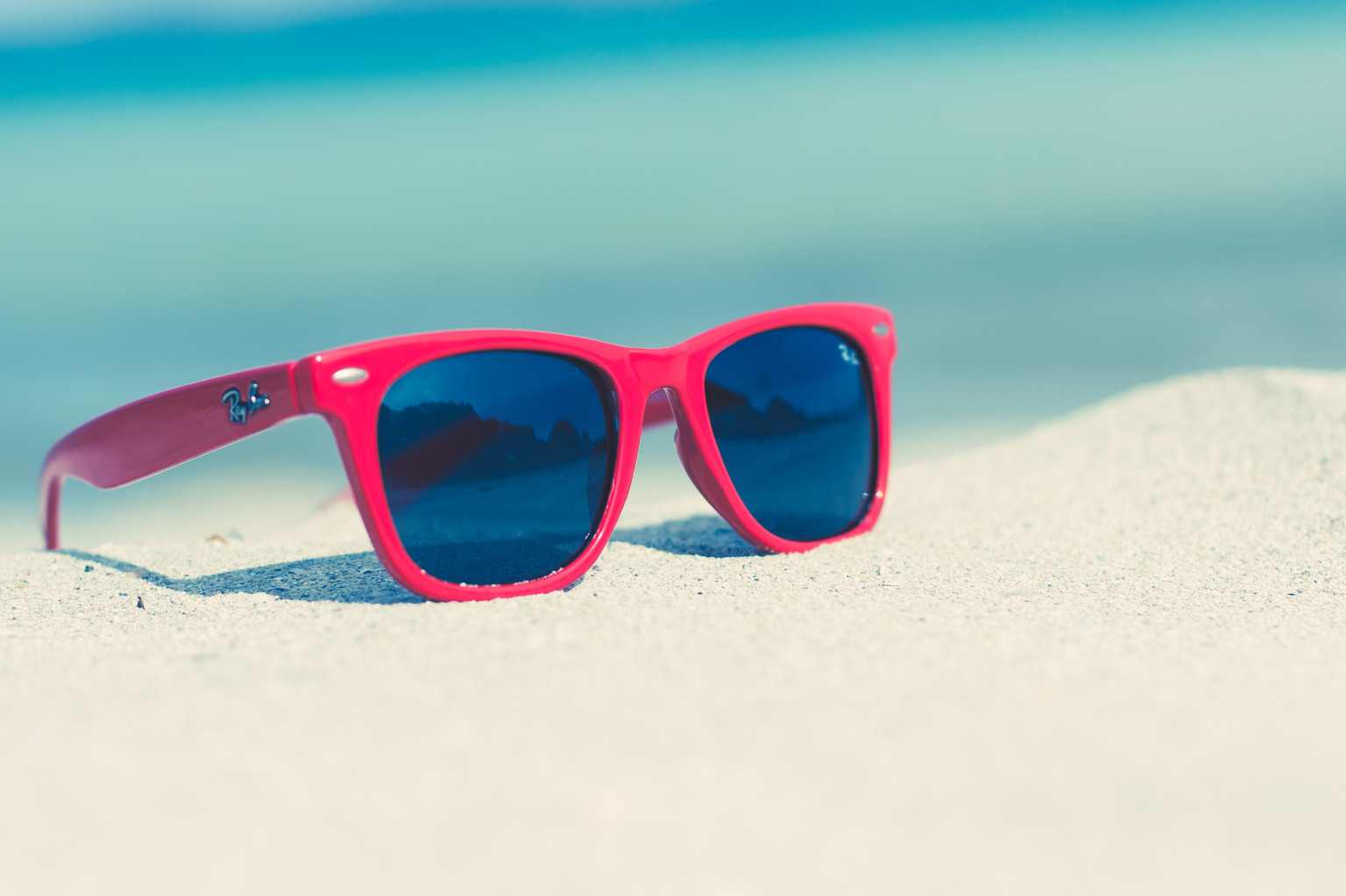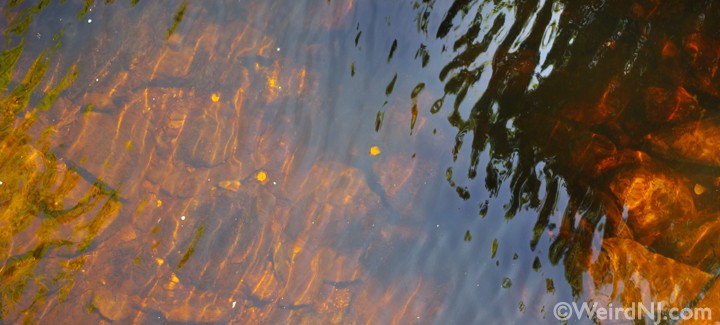While reading Stella Vosniadou's Article "How Children Learn," I was very interested in the meaningful activities chapter. It is so important to keep children engaged in learning, and it helps when they are able to see real life comparison. Some of the examples Vosniadou uses are using debates to help improve oral language, participating in a classroom newspaper to improve writing skills, and learning science by participating in a community or school environmental project.
This article made me think of other activities teachers can use to expound upon the lessons they are teaching their students. Below, you will see the ideas I came up with. Feel free to comment with other ideas we can all use one day.
- When teaching measurements, bake something as a class. You could even have one where you do not follow the measurements completely and it ends up a mess. Or omit an important ingredient like baking power, baking soda, or oil and hypothesize about how the end product will be as a result of the missing ingredient.
- When learning about time, discuss during what times of the day do students typically do certain activities (ex. eating breakfast, homework, etc). Then take it to a larger level and discuss time zones. Talk about what students in the US are doing at 9am, what time it is in Japan, and discuss what Japanese students may be doing at the time it is there. Set up a pen pal exchange program, or use technology to video chat with someone in another country so students can see what they are doing.
- When discussing planets, moons, and stars, talk about the different environments on each planet. Allow the students to hypothesize whether humans could live on these planets, and why or why not. Visit a local planetarium where the students are able to see the planets, hear a lecture, and explore around the center.
I am so excited to get to bring real life to my classroom one day. What are some other examples of ways we can do this for our students?

























